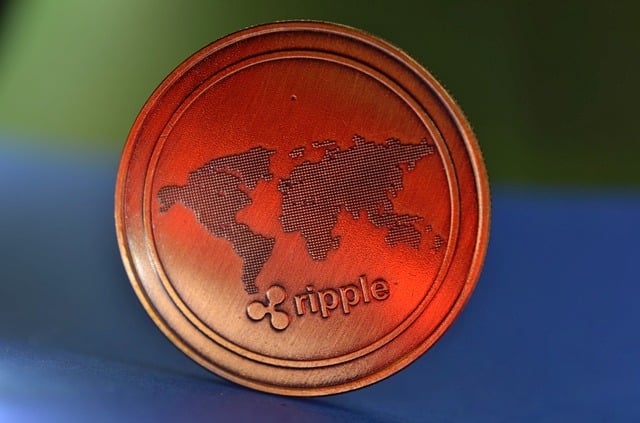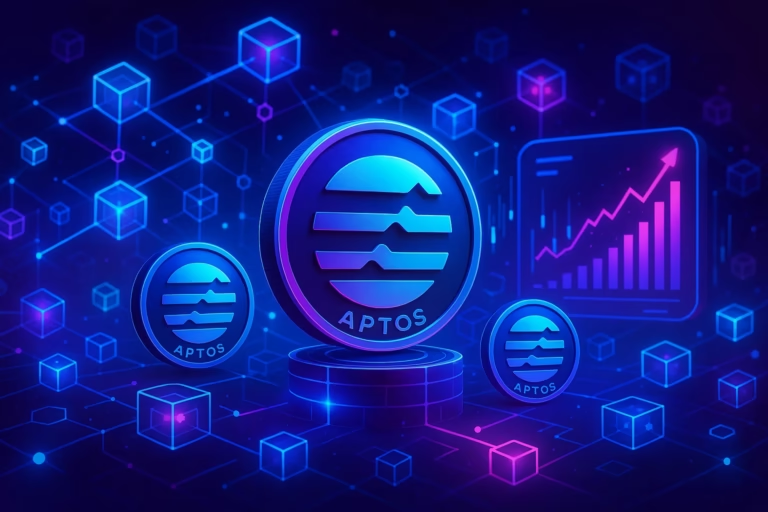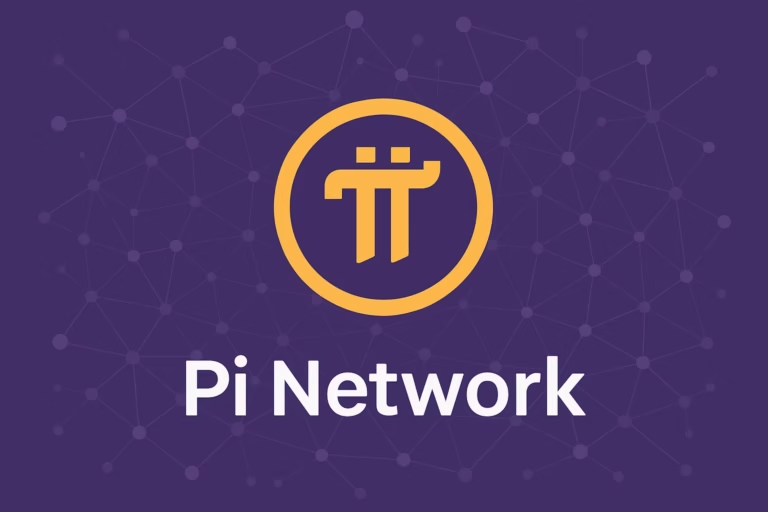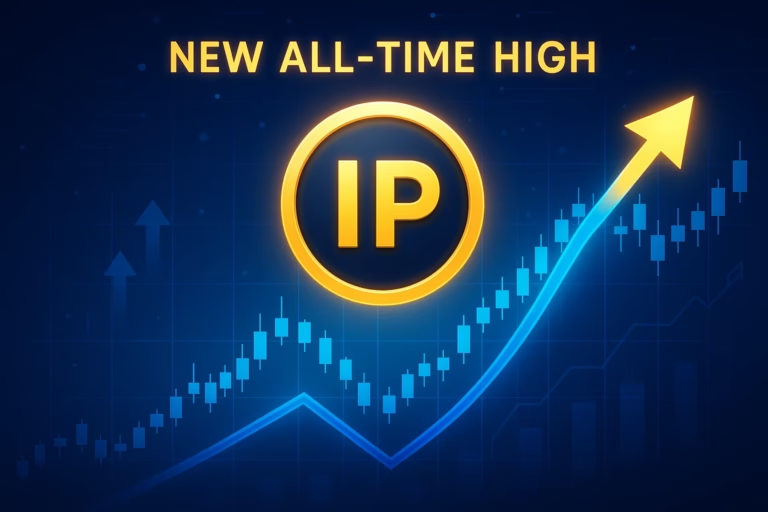
- Ripple’s CTO, David Schwartz, recently disclosed that the company faces a binary choice regarding its XRP holdings: maintain the current amount or opt for a reduction.
- Despite initial plans to rapidly diminish holdings, Schwartz expressed skepticism about its feasibility and discussed the challenges Ripple encountered in its decade-long journey, shedding light on the complexities of managing XRP supply dynamics.
Ripple’s Chief Technology Officer, David Schwartz, recently shed light on the intriguing dynamics of Ripple’s XRP supply, providing a glimpse into the company’s strategy and decision-making. Ripple’s holdings are categorized into two segments: the readily available XRP in its wallets and the XRP under on-ledger escrow lockups, set to be released periodically in the coming months.
Schwartz emphasized that Ripple lacks access to the XRP under escrow until the scheduled monthly releases. Notably, a significant portion of the previously released XRP has been returned to escrow in the past. Responding to a tweet from user “Mr Huber” regarding Ripple’s XRP distribution, Schwartz outlined the choices confronting the company concerning its XRP holdings.
According to Schwartz, Ripple faces a binary decision: maintaining its current XRP holdings or opting to reduce them. He underscored that there is no third option in this scenario. Originally, Ripple’s plan was to swiftly diminish its XRP holdings, but Schwartz expressed skepticism about the feasibility of this initial idea. Even if circumstances align for such a reduction, Schwartz believes it may not yield substantial benefits.
The initial plan involved leveraging giveaways to decrease the XRP supply. However, once XRP attained a market price, individuals began exploiting giveaways, prompting Ripple to halt the practice. Schwartz disclosed that Ripple explored alternative approaches such as sales with lockups and using XRP as an incentive for partners. However, these efforts essentially mirrored the outcome of selling XRP directly.
Remarkably, Schwartz revealed that Ripple finds itself more than a decade into what was initially a five-year plan, marking a significant milestone and progress. Responding to inquiries about escrow and the possibility of burning the supply in escrow, Schwartz remained cautious. He expressed uncertainty about the effectiveness of the escrow mechanism and dismissed the idea of burning the escrow supply, suggesting it may not achieve the desired impact.
As the cryptocurrency landscape evolves, Ripple continues to navigate the complexities of managing its XRP holdings. Schwartz’s insights provide a valuable glimpse into the company’s strategic decisions and the challenges it faces as it moves forward in an ever-changing digital currency environment.




